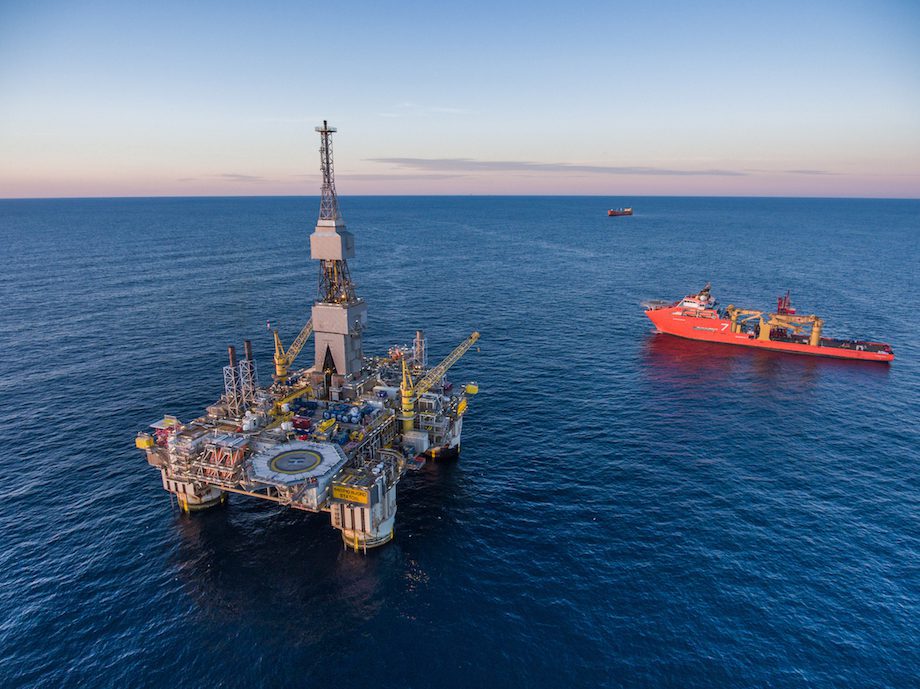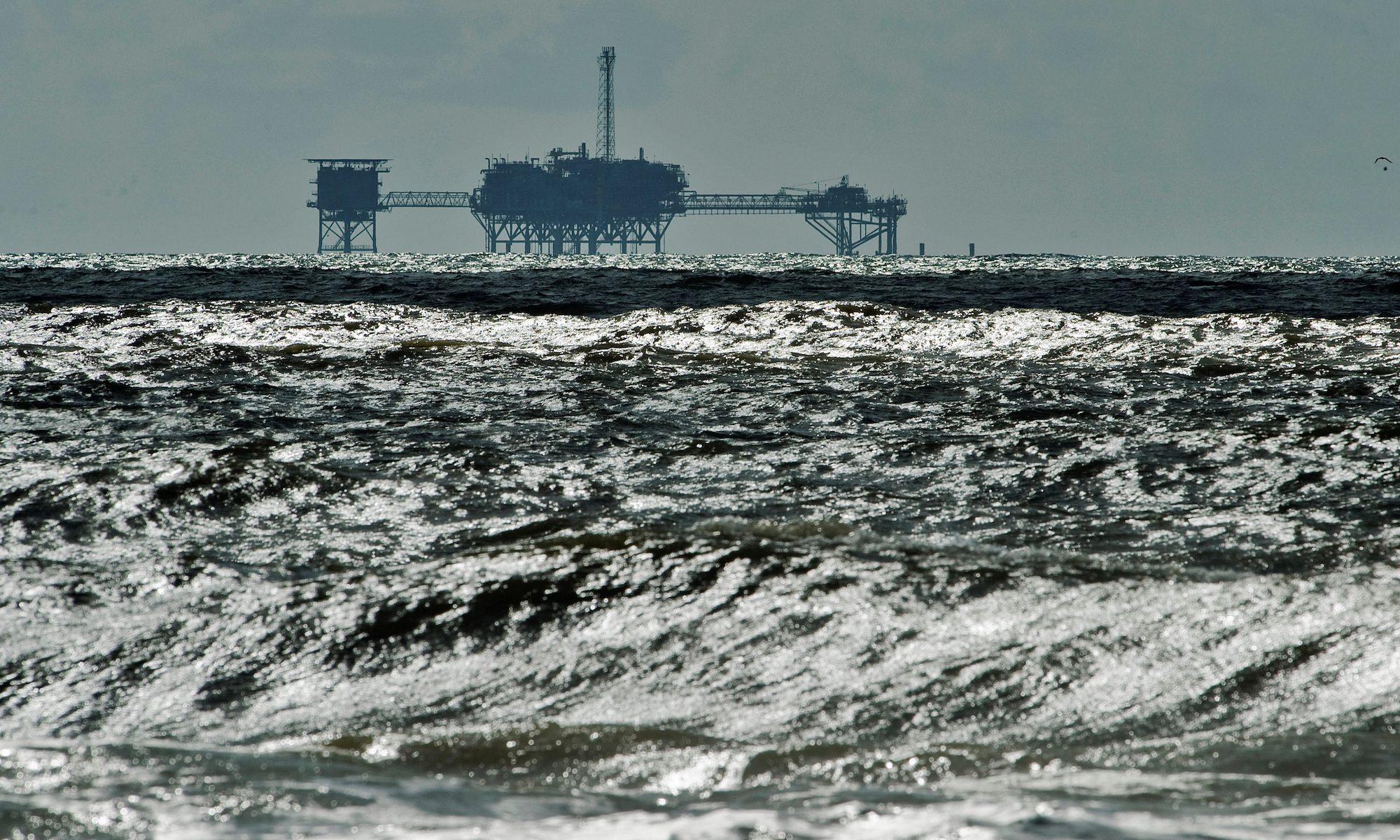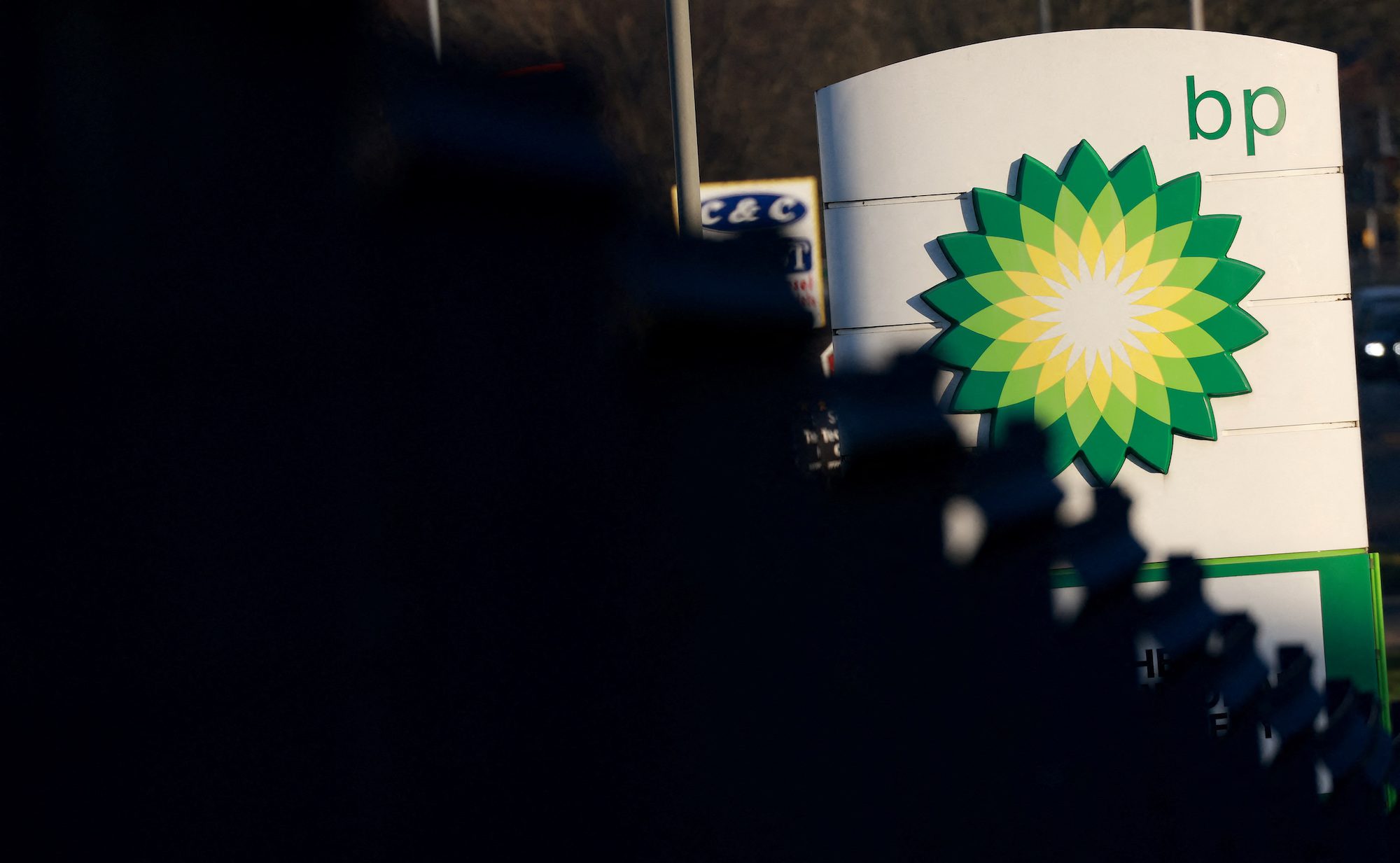File photo: Statoil/Thomas Sola
By Mikael Holter
(Bloomberg) — Cost cuts are painful, but for Norway’s oil industry making every penny count has also yielded a surprising production windfall.
Thanks to improvements from cheaper, faster drilling to greater regularity in the operation of production platforms, producers pumped 85,000 barrels a day more crude than expected during the past two years, or 6 percent above forecast, according to industry regulator, the Norwegian Petroleum Directorate. And it gets better: last week the NPD raised its output forecast for the 2017 to 2020 period by 8 percent, an average of 110,000 barrels a day.
That increase is the same as 2015 production from the country’s third-biggest field — the Snorre deposit in the North Sea — and almost as much as the iconic Ekofisk field, the discovery that kicked off Norway’s oil age.
“It’s impressive,” Nordea AB’s Oslo-based oil analyst Thina Saltvedt said in a phone interview Friday. “When the crisis came, Norway was efficient in doing something about it.”
As investment in Norway’s oil industry continues to decline over the next two years, lower costs and greater efficiency are providing the silver lining in a downturn that’s been more painful for western Europe’s biggest producer than the financial crisis. While cost estimates for seven large projects have been cut in half over the past two years and it’s been clear that efficiency gains were helping producers beat output forecasts, the NPD’s annual five-year prognosis released on Thursday was the first to show the impact on current and medium-term production.
“We’re starting to have faith that this is possible,” the NPD’s Director General Bente Nyland said in an interview in Stavanger following the presentation of the report. “The drilling campaigns on producing fields show that there’s a great focus among the companies to maintain production, and it’s paying off. It’s all about costs.”
Less maintenance activity and more so-called infill drilling at old fields such as Alvheim, Oseberg and Troll have boosted production, as has the startup of new fields such as Edvard Grieg, Goliat and Knarr, said Espen Erlingsen, vice president for analysis at consulting firm Rystad Energy AS.
“The oil production on the Norwegian continental shelf has really turned around,” he said.
Drilling Efficiency
Statoil ASA, the state-controlled producer that operates about 70 percent of Norway’s oil and gas output, has reduced the time it spends on one production well by 40 percent, cutting the cost by 30 percent, spokesman Ola Anders Skauby said. Last year, the company drilled 119 wells after planning for 113, and in 2015, 117 wells after planning for 95, he said.
Aker BP ASA, the biggest Norway-listed company after Statoil, said on Monday that it would increase production this year by as much as 14 percent.
“I am very pleased with what the company has delivered during a period of low oil prices and challenging market conditions,” said Chief Executive Officer Karl Johnny Hersvik, citing “efficient operations with high operational uptime.”
Norway’s gas production also beat forecasts in 2016 by 10 percent, little changed from the 2015 record of 117 billion cubic meters. The NPD raised its forecast for gas output in the period from 2017 to 2020 by 4 percent.
‘Huge Waste’
Still, the NPD’s forecasts for 2017 “might be on the positive side,” as maintenance could increase and fewer wells be drilled on mature fields, Rystad’s Erlingsen said. He highlighted the Troll field, where Statoil has said it would reduce the number of rigs drilling wells.
The efficiency drive must not come at the expense of a “viable supplier industry,” which will be needed to uphold production in the future, the NPD’s Nyland said last week. The regulator is also concerned that a rising number of safety incidents in the offshore industry could be linked to cost cuts, she said.
The cost cuts also illuminate past practices, Nordea’s Saltvedt said. If producers can boost production and reverse expected output declines, and make future projects half as expensive as they used to be, what does that say about the way they operated before?
“It was a huge waste,” she said. “It must have been, when you look at these numbers.”
© 2017 Bloomberg L.P
Unlock Exclusive Insights Today!
Join the gCaptain Club for curated content, insider opinions, and vibrant community discussions.

 Join The Club
Join The Club













